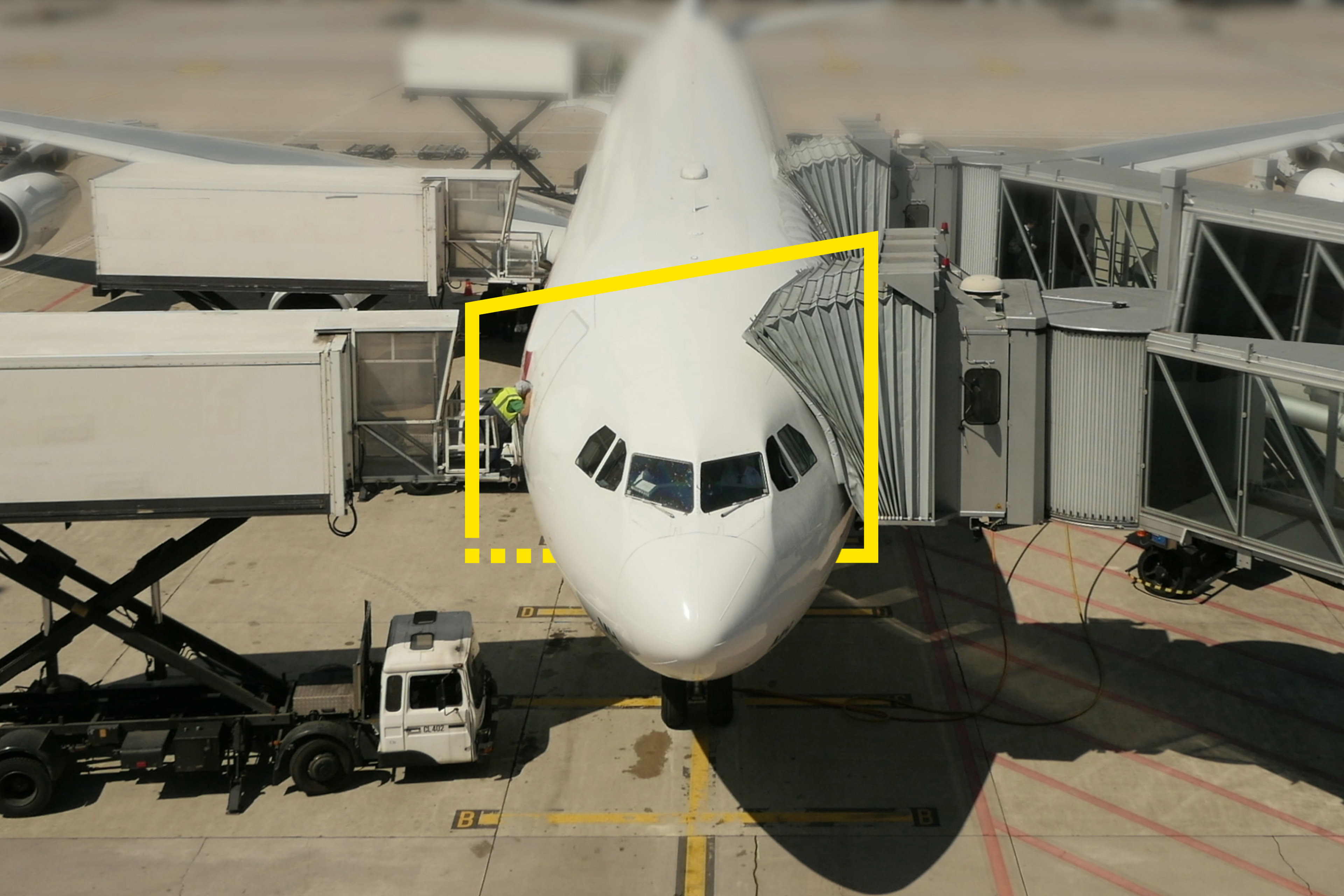What happened
In the last days of the Biden administration, the US Commerce Department finalized rules that prohibit the import of connected vehicles containing certain Chinese hardware or software. Meanwhile, China has intensified efforts to strengthen domestic automotive technology supply chains and imposed export controls on several EV-critical inputs and battery technologies.
On his first day in office, US President Donald Trump signed executive orders removing some previous policies designed to encourage EV adoption and relaxing environmental restrictions on fossil fuel infrastructure. While he did not announce any tariffs in his first week, he suggested his administration may impose 25% tariffs on goods from Canada and Mexico.
What’s next
While US-China negotiations are expected to be fluid, US policy is likely to focus on increasing domestic automotive jobs and manufacturing. This will likely include additional restrictions on Chinese autonomous vehicles due to national security concerns. China may seek to leverage its market leading positions in some automotive manufacturing processes, such as industrial plastics, key input raw materials and certain manufacturing technologies.
Trade tensions may escalate to the point of the US and China imposing tit-for-tat tariffs and other trade restrictions on one another’s exports. Markets in Southeast Asia, India and Africa will continue to position themselves as alternatives for automotive production or suppliers of key manufacturing components.
Business impact
Tit-for-tat trade restrictions could significantly disrupt global auto manufacturing supply chains and lead to inflationary pressures in the sector. Executives should monitor and create contingency plans for products such as EV battery components, semiconductors and advanced processors, autonomous vehicle components and critical industrial raw materials.
Market barriers could lead to a fragmentation of the global automotive market and divergent product standards. Executives should be aware of divergent regulations and software standards in major markets and determine how that may necessitate region-specific automotive designs and manufacturing processes.
For more information, contact Anil Valsan.










